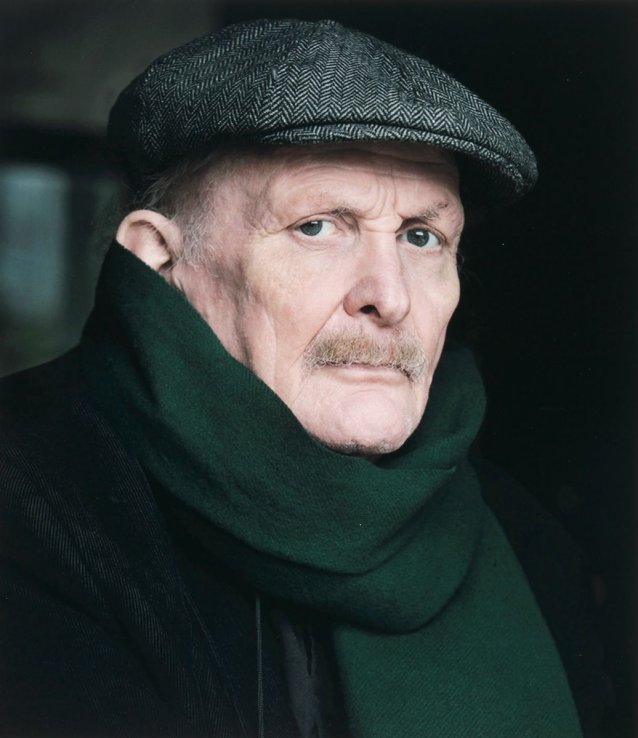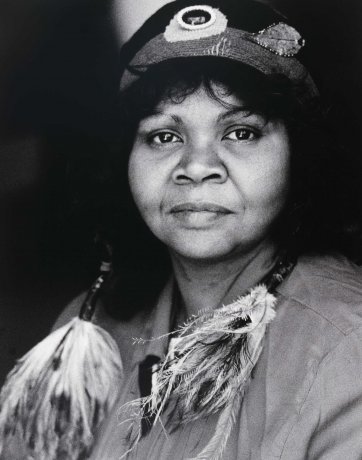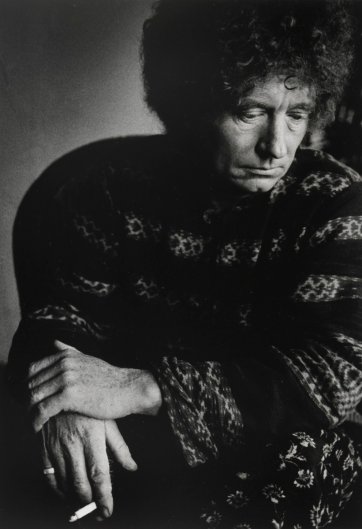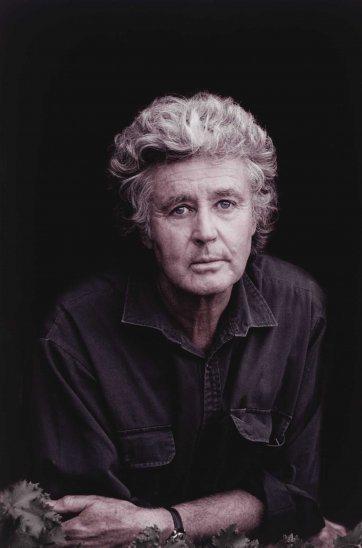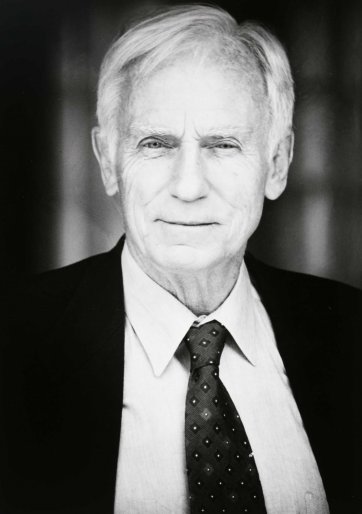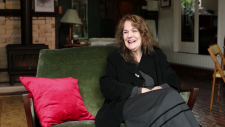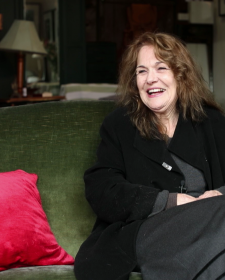Paul Cox (1940–2016), filmmaker, was born in the Netherlands, where his family experienced Nazi brutality and witnessed scenes of extreme suffering. Cox came to Australia in 1963, and established a photographic studio in Melbourne in 1965. Teaching at the Prahran College of Advanced Education, he took a cinema course at the same venue. His first films, including Illuminations (1976) and Kostas (1979) dealt with the experience of European migrants in Australia. He came to widespread notice, in Australia and internationally, with Lonely Hearts (1981), Man of Flowers (1983) and My First Wife (1984). Between 1970 and 2007 he made 20 feature films, three children’s films, an IMAX feature, ten documentaries and twelve shorts. Influenced by a roll-call of European filmmakers including Ingmar Bergman, Jacques Tati and Luis Buñuel, in films including A Woman’s Tale (1991), Molokai (1999), Innocence (2000) and Nijinsky: The diaries of Vaslav Nijinsky (2001) Cox pursued his conviction that film is the medium that can ‘penetrate and then project one’s inner side’. Tales of his artistic and financial struggles make for absorbing reading. Known to many as ‘the father of independent art cinema in Australia’, he has also been described as Australia’s first cinematic auteur. Cox’s book Reflections: An Autobiographical Journey was published in 1998. His last film venture, Force of Destiny (2015) drew on his own experience of a liver transplant following cancer; ultimately, the disease returned in the new organ.
Paul Cox was a teacher of Jacqueline Mitelman‘s at Prahran College in the 1970s, when he lectured in photography and filmmaking.The pair were friends from that time onward. During the years before she took this photograph, he suffered life-threatening illness, and painful treatments. Though physically frail, he was full of will and determination to continue working and living. She feels this portait, taken at his house at Albert Park, revealed both his suffering and his great determination; and she remarks that he loved it, himself, because of its vague resonances with his great hero Vincent Van Gogh.
Collection: National Portrait Gallery
Purchased with funds provided by Wayne Williams 2015
© Jacqueline Mitelman
The National Portrait Gallery respects the artistic and intellectual property rights of others. Works of art from the collection are reproduced as per the
Australian Copyright Act 1968 (Cth). The use of images of works from the collection may be restricted under the Act. Requests for a reproduction of a work of art can be made through a
Reproduction request. For further information please contact
NPG Copyright.
